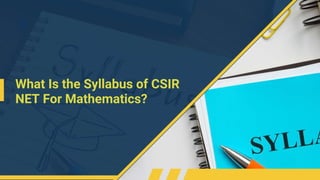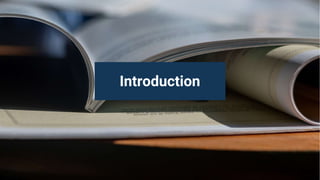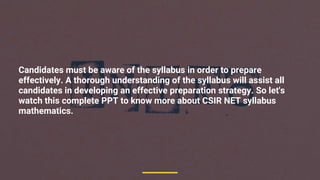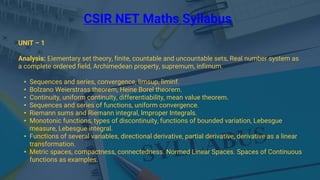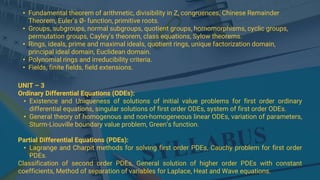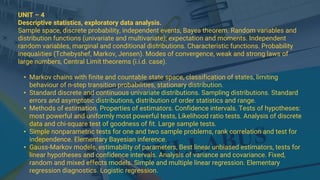The document outlines the syllabus for the CSIR NET in Mathematics, detailing key topics across various units including analysis, linear algebra, complex analysis, ordinary and partial differential equations, numerical analysis, statistics, and optimization techniques. It emphasizes the importance of understanding the syllabus for effective preparation and offers a structured breakdown of crucial mathematical concepts and methods. The text serves as a comprehensive guide for candidates preparing for the CSIR NET examination in Mathematics.
